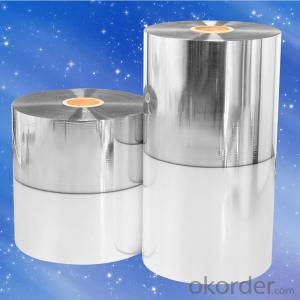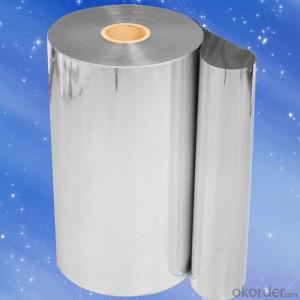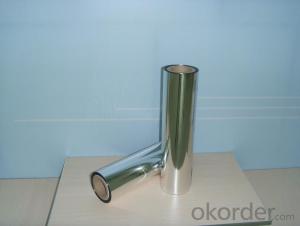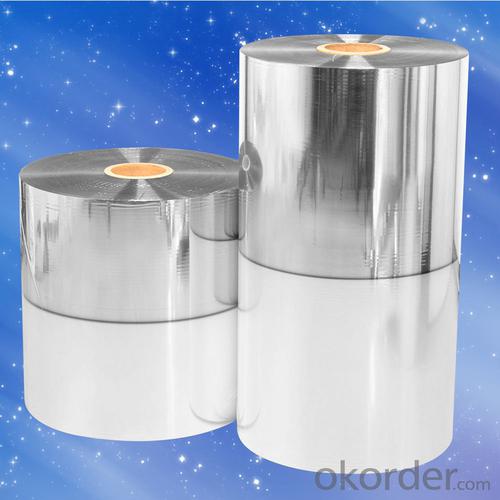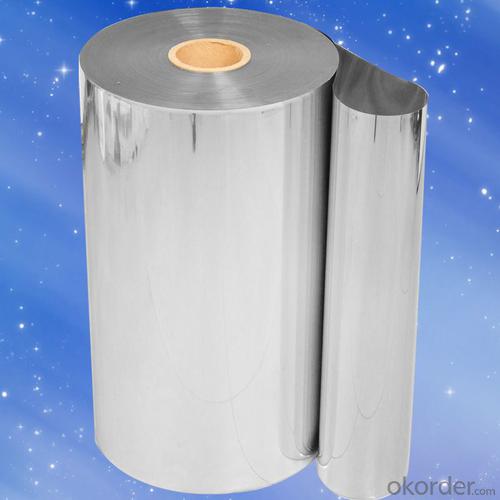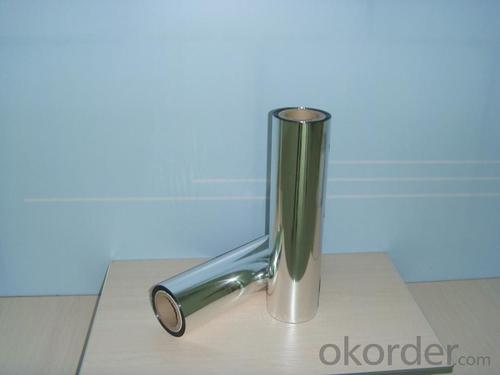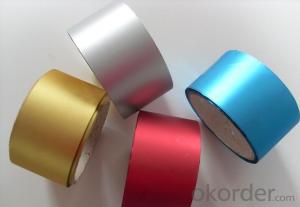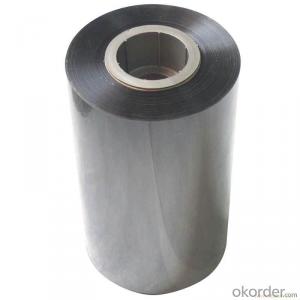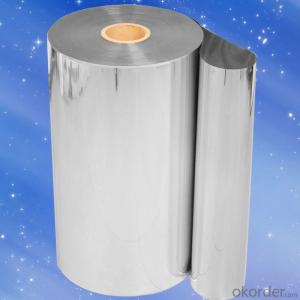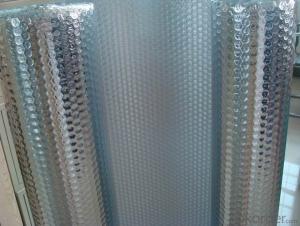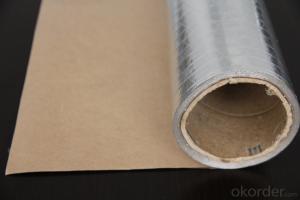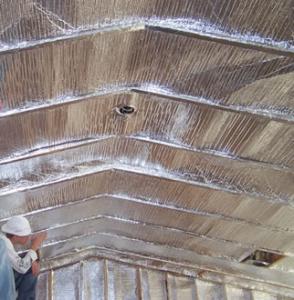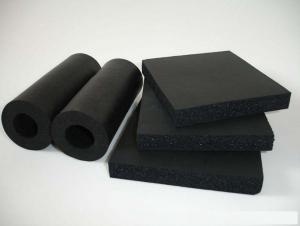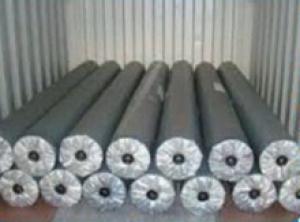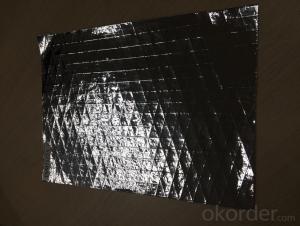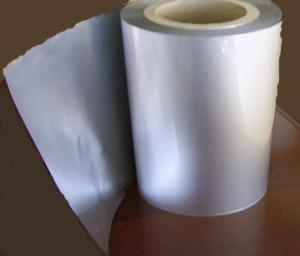Aluminum Foil Facing Laminated Polyester and LDPE for Flexible Duct
- Loading Port:
- Shanghai
- Payment Terms:
- TT OR LC
- Min Order Qty:
- 10000 m²
- Supply Capability:
- 1000000 m²/month
OKorder Service Pledge
OKorder Financial Service
You Might Also Like
Specification
Product Structure
Widely used for laminating with EPE insulation, Bubble insulation, woven fabric insulation, etc
● Aluminum foil – LDPE
● Aluminum foil- PET- LDPE
● Clear Transparent PET-Aluminum foil – LDPE
● Aluminum foil-Metallized PET- LDPE
● Metallized PET- LDPE
Product Application
Widely used for laminating with EPE insulation, Bubble insulation, woven fabric insulation, etc
Product Advantage
• High manufacturing accuracy
• High strength
• Small inertia resistance
• Strong heat dissipation ability
• Good visual effect
• High reflective insulation
• Heat resistant, water proof, stable at high temperature;
• Environmentally friendly, no smell and not-toxic;
• Smooth and clear surface;
Product Packing
1. Waterproof paper then PVC shrinking Film
2. Kraft paper only
3. Woven cloth
4. Kraft paper or Water Proof Film then Metal/wooden pallet
5. (Also as your request. )
Product Remarks
1. The data above are typical results and subject to change without notice.
2. Tolerance: Weight and Thickness: ±10%; Width: ±3mm;
Length: Cut Roll & Log Roll ±0.3m, Jumbo Roll ±0.5%.
3. The products should be stored at room temperature and kept from wet and heat source.
4. It is essential, as with all pressure-sensitive tapes, that the surface to which the tape is applied must be clean, dry, and free of grease and oil.
5. The user should take test and do trial-application on the above products before coming into application so as to witness and ensure suitability for user’s special purpose and technique.
Product Data Sheet
PROPERTIES | UNIT | VALUE | TEST METHOD |
Basic weight | gsm | 33.5 | ASTM D646 |
Thickness | mic | 23.2 | ASTM D646 |
Tensile strength: M. D. X. D. | N/15mm | 13.5 13.5 | ASTM D882 |
Delaminating Values | N/15mm | 1.5 | ASTM D904 |
Reflectivity of foil surface | % | 95 | ---------- |
Temp. Resistance | -40°C 130°C | No Delamination No Delamination | ASTM C1263 |
Water vapor permanence | ng/N.s | 1.15 | ASTM E-96 |
Product Picture
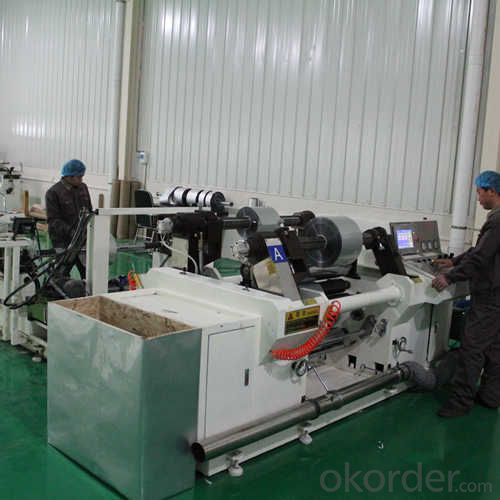
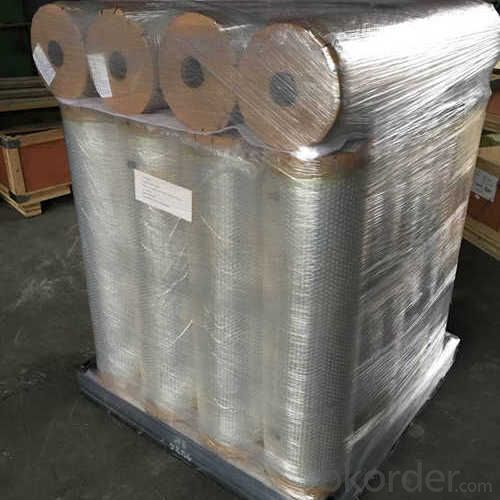
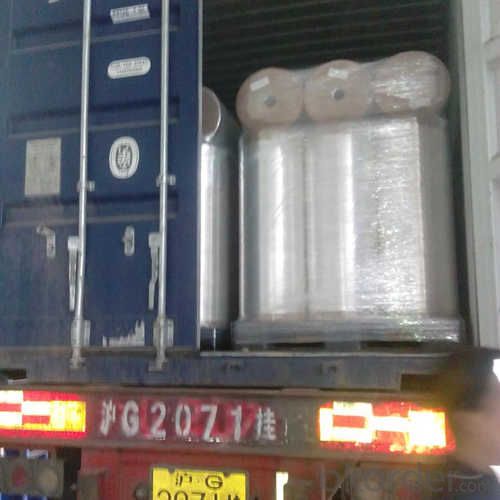
FAQ
1. What is the product keeping conditions?
The Aluminum Foil Facing should be stored at room temperature and kept from wet and heat source.
2. What is the guarantee years of the products?
We have established the international advanced quality management system,every link from raw material to final product we have strict quality test;We resolutely put an end to unqualified products flowing into the market. At the same time, we will provide necessary follow-up service assurance.
3. What is the delivery time of the order?
In the purchase of product within four working days, we will arrange the factory delivery as soon as possible. The specific time of receiving is related to the state and position of customers. Commonly 7 to 10 working days can be served.
- Q: Is it possible to use aluminum foil facing as a material for baking goods?
- <p>Yes, aluminum foil facing can be used to make baked goods, but it's important to use it correctly. Aluminum foil is a common material used in baking for lining baking sheets and pans to prevent sticking and to facilitate easy removal of baked goods. It's crucial to ensure that the foil is food-grade and safe for use with food. When using aluminum foil, make sure it covers the bottom and sides of the pan to prevent direct contact between the food and the pan, which can lead to uneven cooking or burning. Additionally, avoid using aluminum foil in broilers or at very high temperatures as it may melt or create a fire hazard.</p>
- Q: Is it possible to use aluminum foil with a reflective side to wrap sandwiches?
- <p>Yes, you can use aluminum foil facing to make sandwiches. The reflective side of aluminum foil is food-safe and can be used to wrap sandwiches for storage or transportation. It helps to keep the sandwich fresh and prevents it from drying out. However, it's important to ensure the foil is clean and free from any sharp edges that might tear the bread or packaging. Additionally, it's best to avoid using foil with non-stick coatings on the inside when in contact with food.</p>
- Q: This question asks for clarification on the distinction between two types of aluminum products: aluminum foil facing and aluminum foil sheet.
- <p>Aluminum foil facing is a thin layer of aluminum laminated to a substrate, typically used in construction for insulation and moisture barrier purposes. It provides a reflective surface that can enhance energy efficiency by reflecting heat. On the other hand, aluminum foil sheet is a flat, flexible material made of pure aluminum or aluminum alloy, commonly used in cooking, food packaging, and crafts. It is not bonded to any other material and is available in various thicknesses and widths. The primary difference lies in their applications and composition; foil facing is part of a composite material for construction, while foil sheets are standalone materials for a variety of uses.</p>
- Q: Is it possible to use aluminum foil with a reflective surface for storing fruits and vegetables?
- <p>Aluminum foil facing can be used for storing fruits and vegetables, but it's not the best choice. Aluminum foil is not breathable and can cause condensation, leading to spoilage. It's better to use perforated or micro-perforated films that allow for air exchange while keeping light and moisture out. These films help maintain the freshness of produce by slowing down the respiration process and reducing water loss.</p>
- Q: Is inhaling aluminum oxide particles from aluminum foil dangerous to health?
- <p>Breathing in aluminum oxide particles is generally not harmful in small amounts, as the human body can handle trace amounts of aluminum. However, prolonged exposure to high concentrations of aluminum oxide dust can cause respiratory issues and may have potential health risks. It is always advisable to handle aluminum foil and other materials that could generate dust in a well-ventilated area to minimize the risk of inhalation.</p>
- Q: Is it possible to recycle aluminum foil with a facing layer in my country?
- <p>Yes, aluminum foil with a facing layer can often be recycled, but the process may vary by country. In many countries, aluminum foil is recyclable, including the type with a plastic or paper facing. However, it's important to check with your local recycling program, as some facilities may not accept it due to the difficulty in separating the layers. If your local program doesn't accept it, you might need to find a specialized recycling center that can handle this type of material.</p>
- Q: Can aluminum foil be shaped into a roasting rack?
- <p>Yes, you can create a makeshift roasting rack using aluminum foil. To do this, take two long sheets of aluminum foil and fold them back and forth to create a series of parallel ridges. These ridges will provide support for your roast while allowing air to circulate underneath. Place the folded foil on a baking sheet, spacing the ridges evenly apart to create a grid-like pattern. Your roast can then be placed on top of this foil 'rack' for cooking. This method is a simple and effective way to elevate your food for better heat distribution and crisping.</p>
- Q: The user is asking for alternative uses of aluminum foil facing, beyond its common applications.
- <p>Absolutely! Aluminum foil facing has several unexpected uses. It can be used to clean stubborn grime and rust from cookware and tools. It's also great for creating a reflective surface to direct sunlight for better indoor lighting or to speed up the thawing of frozen items. In gardening, it can deter pests and reflect heat to warm your plants. Additionally, it can be used to sharpen scissors or knives by cutting through it multiple times, and it can even be used as a fire starter in camping situations. These are just a few creative ways to use aluminum foil facing beyond its typical applications.</p>
- Q: Is it possible to recycle aluminum foil with a facing layer? If yes, what is the process involved?
- <p>Yes, aluminum foil facing can be recycled. The process typically involves separating the aluminum from the facing material. This is done by specialized recycling facilities that use methods such as shredding, washing, and magnetic separation to remove impurities. The aluminum is then melted down and repurposed into new products. It's important to check local recycling guidelines, as some facilities may not accept foil with a facing layer due to the difficulty in separation or the presence of non-recyclable components.</p>
- Q: Is it possible to use aluminum foil facing as a wrap for lunch boxes?
- <p>Yes, you can use aluminum foil facing to make a wrap for lunch boxes. Aluminum foil is a versatile material that is commonly used for food packaging due to its ability to keep food fresh and protected. It's lightweight, easy to use, and can be wrapped around food items to keep them insulated and prevent spills. However, it's important to ensure that the foil is food-grade and clean before use to maintain food safety.</p>
Send your message to us
Aluminum Foil Facing Laminated Polyester and LDPE for Flexible Duct
- Loading Port:
- Shanghai
- Payment Terms:
- TT OR LC
- Min Order Qty:
- 10000 m²
- Supply Capability:
- 1000000 m²/month
OKorder Service Pledge
OKorder Financial Service
Similar products
Hot products
Hot Searches
Related keywords
